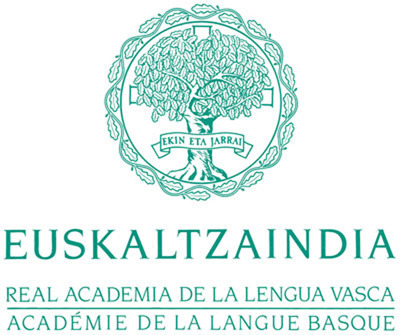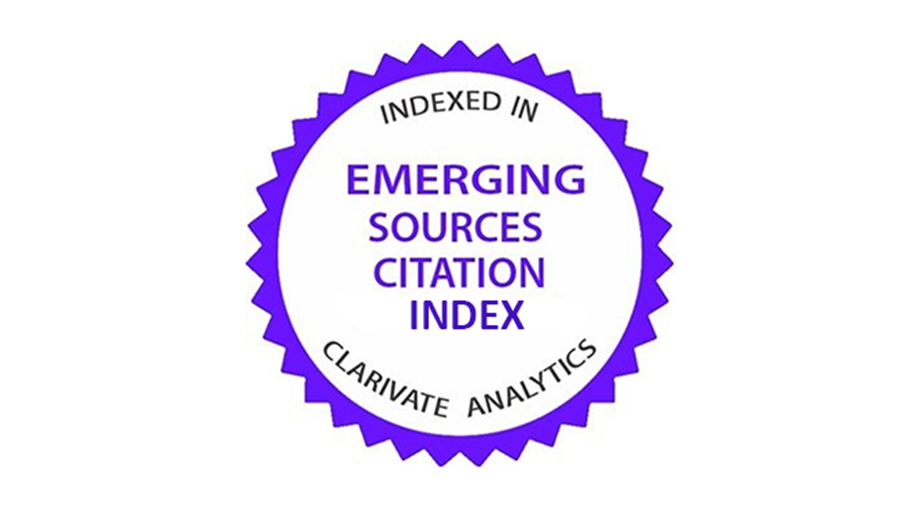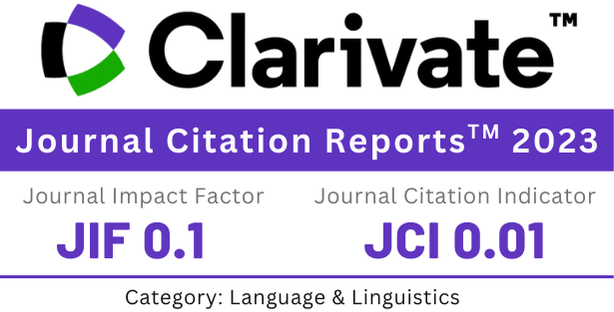Aldizkariari buruz
Euskera Ikerketa Aldizkariaren aurrekari gisa, Euskera Euskaltzaindiaren agerkari ofiziala izan da 1920. urtetik 2022ra bitartean. 2023tik aurrera bi argitalpen dira: batetik, Euskera Ikerketa Aldizkaria eta bestetik, Euskaltzaindiaren buletina. Lehenak Akademiaren lan esparruetako ikerketa-artikulu originalak, liburu-aipamenak eta antzekoak jasotzen ditu, eta paperean eta euskarri informatikoan argitaratzen da. Bigarrenak Euskaltzaindiaren lana eta bizitza akademikoa biltzen ditu eta modu elektronikoan argitaratzen da.
Euskera Ikerketa Aldizkariak bi zenbaki argitaratzen ditu urtero. Lehena, martxo edo apirila inguruan (urtarrila-ekaina aldiari dagokiona) eta bigarrena, irailean edo urrian (uztaila-abendua aldikoa). Ikerketa artikuluak argitaratzeko, Idazketa Batzordeak, anonimotasuna bermatuz, kanpo ebaluatzaileen iritzia jasoko du PEER REVIEW itsu bikoitza sistema erabiliz.
Uneko zenbakia
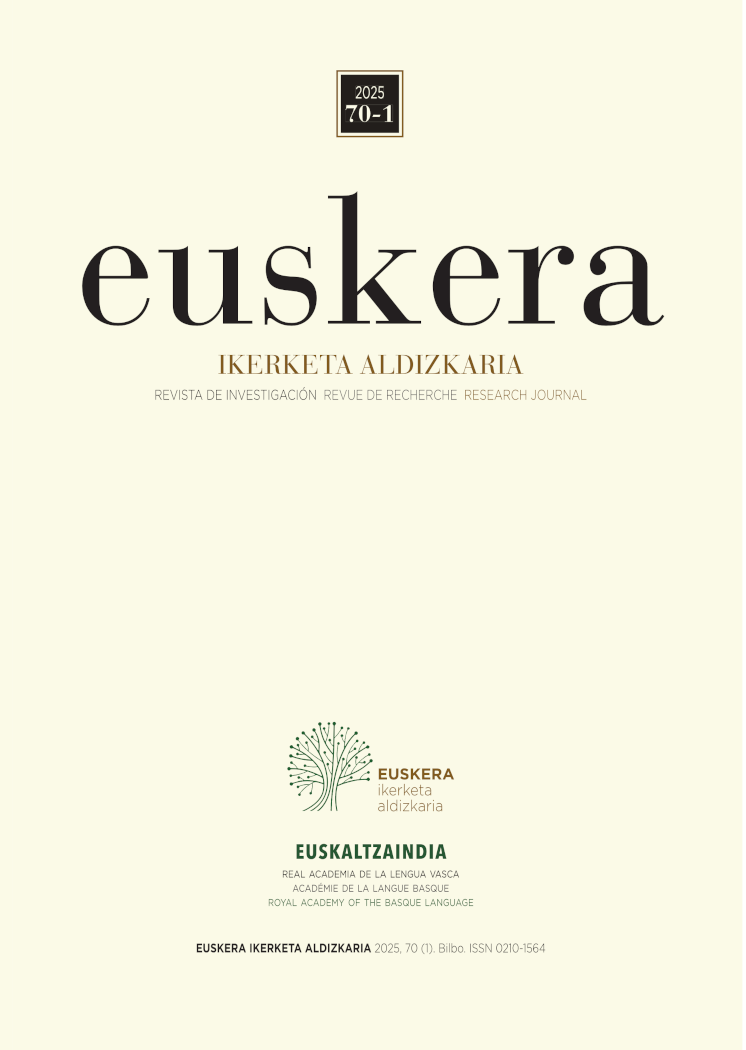
2025. urteko lehenengo zenbakia apirilean plazaratu da. Zenbaki honek hainbat gai jorratu ditu: DBHko ikasleen idazketa eleaniztuna, euskara eta kulturartekotasuna, haur-poesia, hizkuntza figuratiboa, euskal testu zaharrak (Larramendiren sermoia eta Erredingo Luiseneko predikuak), literatur fragmentarismoa, bizkaiera zaharreko txistukariak (Mikoleta eskuizkribua), J.-B. Elizanbururen idatzi ezezagunak, eta hizkuntza-eskubideak eta legea Eskandinavian.
Zortzi ikerketa-artikulu, ohar bat eta liburu-aipamen bat biltzen ditu zenbakiak. Honako egile hauek aurkeztu dituzte beren lanak: Roberto Arias-Hermoso, Amaia Lersundi, Eneritz Garro eta Ainara Imaz; Amelia Barquín eta Karmele Pérez; Oihane Calvo; Joana Garmendia; Joseba Andoni Lakarra; Ekaitz Santazilia; Paula Solana; Eneko Zuloaga; Jabier Kaltzakorta eta Andres Urrutia.
